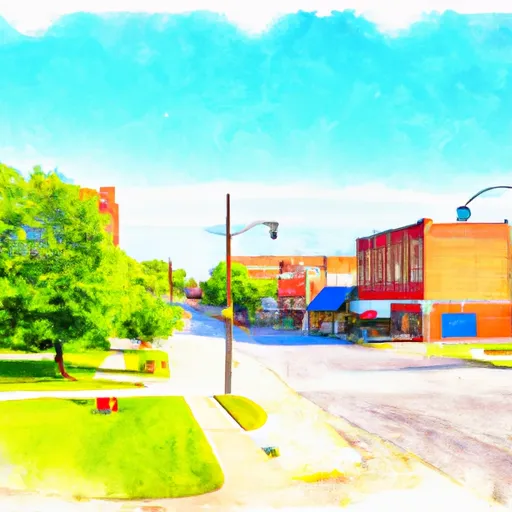°F
°F
mph
Windspeed
%
Humidity











Ayrshire is a small town located in northwest Iowa with a population of just over 100 people. The climate in Ayrshire is classified as continental, with hot summers and cold winters. The town is situated in the Des Moines River watershed, which provides a variety of recreational opportunities such as fishing and boating. The water in the Des Moines River is monitored for hydrology constituents such as nitrate and phosphorus levels due to agricultural runoff. Outdoor recreation opportunities in the area include hunting, hiking, and camping in nearby parks such as Gull Point State Park and Brushy Creek State Recreation Area.
Weather Forecast
Ayrshire receives approximately 798mm of rain per year, with humidity levels near 81% and air temperatures averaging around 8°C. Ayrshire has a plant hardyness factor of 5, meaning plants and agriculture in this region thrive during a short period during spring and early summer. Most plants will die off during the colder winter months.
Regional Streamflow Levels
6
Cubic Feet Per Second
27
Cubic Feet Per Second
24,000
Cubic Feet Per Second
55
Cubic Feet Per Second
Nearby Camping
| Camping Area | Reservations | Toilets | Showers |
|---|---|---|---|
| Fort Ridgely State Park | |||
| Landing - Franklin City Campground | |||
| St. James Municipal | |||
| Pilot Grove Co Park | |||
| Rothenburg City Park | |||
| Viking Lake State Park |



